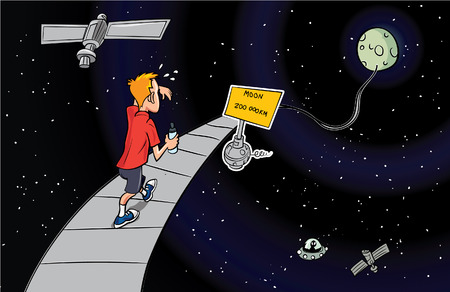 Introduction
Introduction
Since the distances to the stars cannot be measured directly, astronomers use a variety of techniques including triangulation and parallax, comparison of absolute and apparent magnitude, and Cepheid variables. Triangulation is an indirect method of measuring the distance to an object by imagining a triangle between the observer at two positions and the object (see Fig.1). Parallax, as used in this activity, is the apparent motion of a relatively close object when viewed by the observer from two different positions. In this activity, students learn how parallax and triangulation can be used to indirectly measure the distance to stars. Students will also consider the limitations of using parallax to measure the distance to objects that are further away.
To determine the distance of an object using triangulation, one needs know the length of the baseline (XY) and the magnitude of the two angles for the lines drawn from the observation points X and Y to the same point on the object at D. A scale diagram will then give the shortest distance of the object at D from the baseline (i.e., the length of a line meeting the baseline at 90°).
Course: SNC1D
Click here to download the complete demo
This demo is part of the STAO demo collection. Click here to check out all of them.

